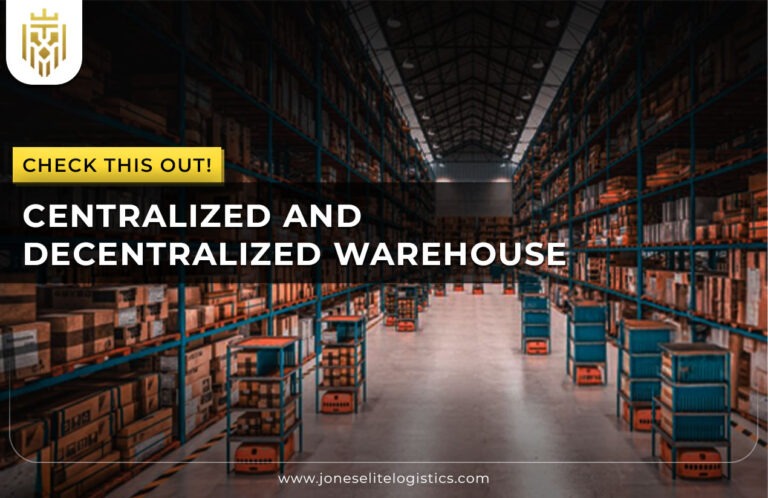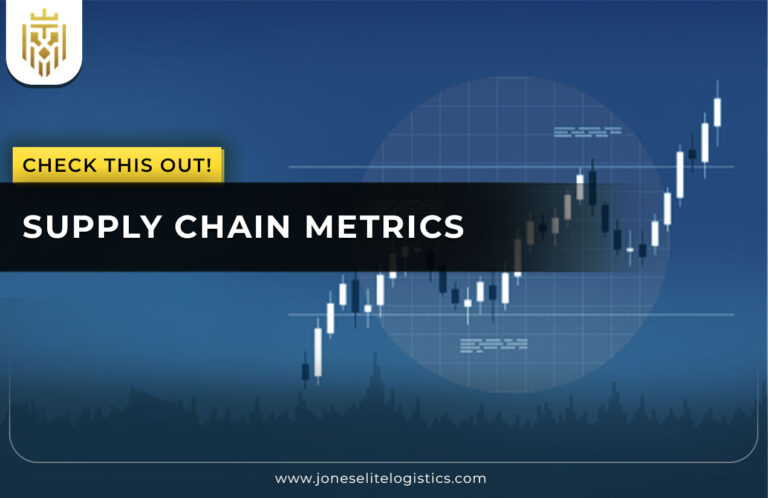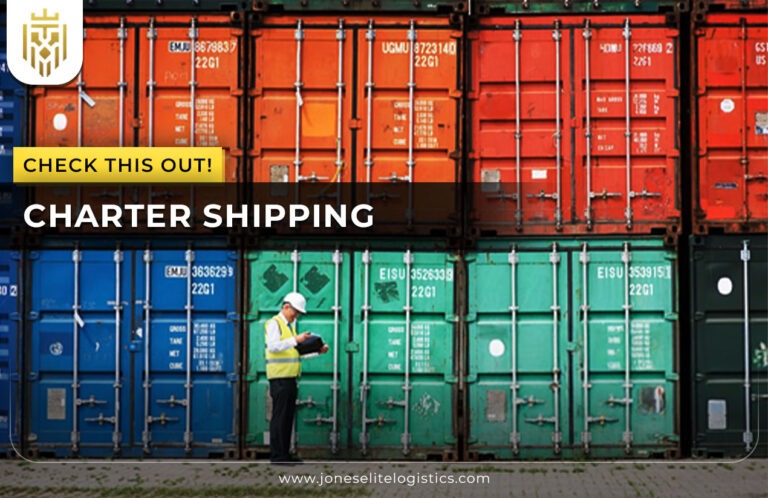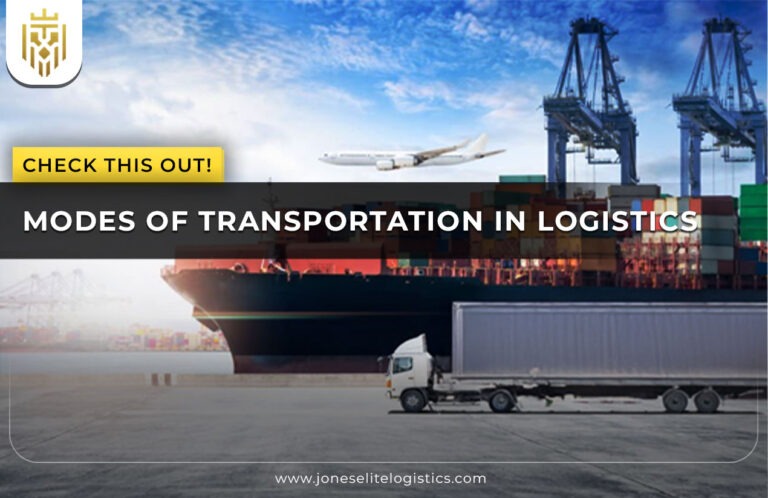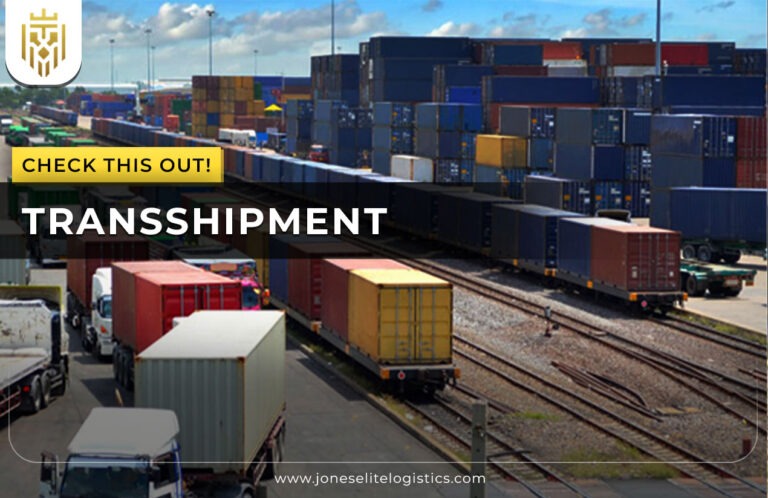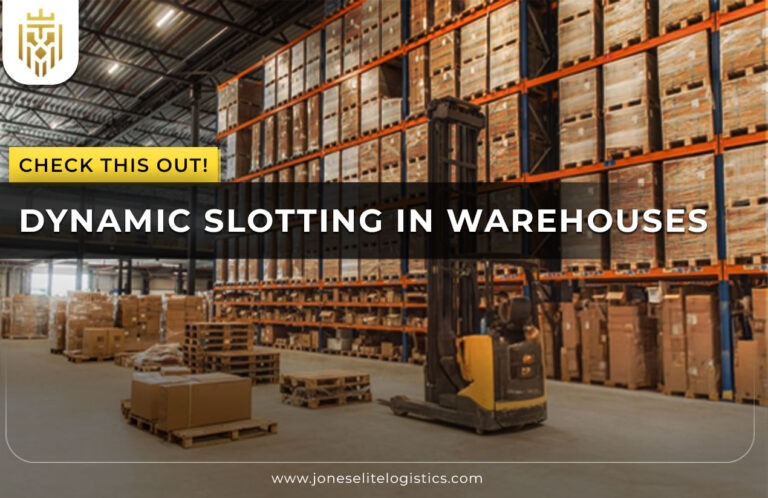What is Retail Distribution:
Retail distribution means the flow that takes place between the manufacturing level of the products and the ultimate consumer level. This system aims to achieve the availability of products in the right place and at the right time for the consumers. Major stakeholders are the producers, middlemen, and merchants of the product. Hence, cost-effective and efficient retail logistics distribution is always based on logistics, stock management, and the supply chain.
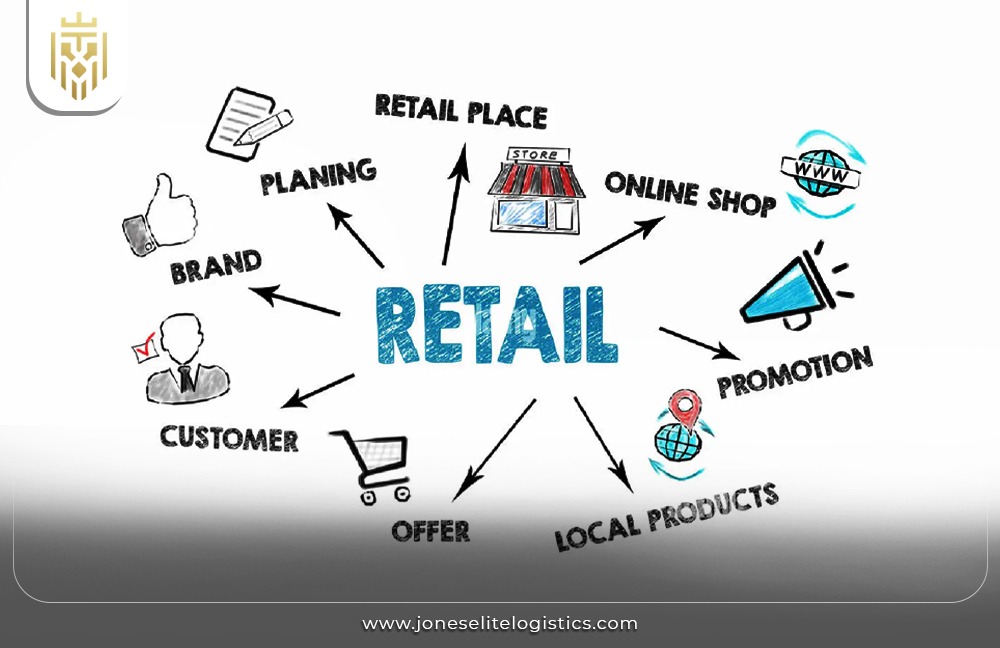
Retail Distribution Channels:
Retailing distribution channels are routes that products follow in their distribution process from the producer to the users. These channels may be direct or indirect, through intermediaries which may include wholesalers, distributors, or retailers. Consequently, product pricing, availability, and general customer experience are influenced by the specific channel chosen.
Direct To Consumer:
Direct-to-consumer (D2C) is a retail model where manufacturers sell their products directly to the customer. It makes it easier to control the persuasive elements of branding, set prices as well as manage customers’ experience. D2C generally implies the elimination of intermediaries and relies on online sales; thus, it eliminates significant expenses linked to regular distribution.
Retailers:
Retailers are those who buy from producers, wholesalers, or distributors with the aim of selling them at higher prices. They do not manufacture the goods but rather engage in their distribution while offering related services such as customer care services or even combining multiple products to make one package. Resellers can be either e-resellers, operating an Internet store, or physical stores, aiming at particular segments of consumers.
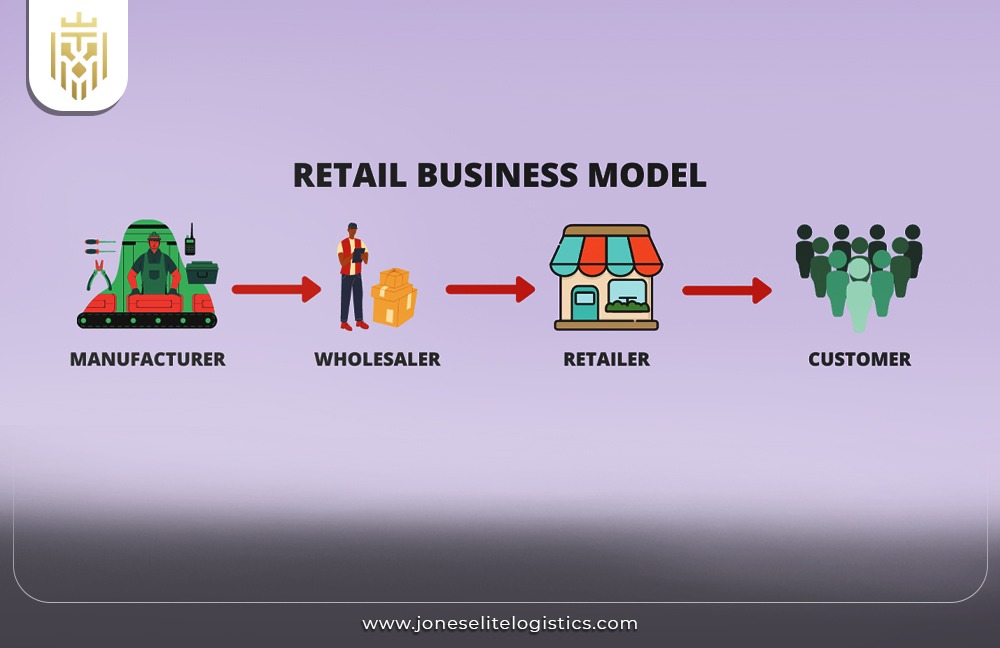
Resellers:
It is a market where the dealer acquires goods from the producer, wholesaler, or distributor to sell the product at a higher price. They do not manufacture the goods but rather engage in their distribution while offering related services such as customer care services or even combining multiple products to make one package. Resellers can be either e-resellers, operating an Internet store, or physical stores, aiming at particular segments of consumers.
Wholesalers:
A wholesaler, on the contrary, purchases products in bulk from the manufacturer and then sells them in smaller lots to the retailer or other dealers. Thus, they act in the middle of the supply chain and can purchase large amounts of certain goods and then distribute them. Wholesalers realize the economies of scale and this in turn reduces the cost to the retailers and also fulfills the market requirements in various places.
Distributors:
A distributor is also an intermediary that buys a product from a manufacturer and sells it to a retailer, wholesaler, or any other reseller. They frequently have the rights of sale in given areas or markets. Logistic, storage, and transport is provided and managed by distributors hence seeing to it that the product gets to the intended place. Supply chain managers and stock control personnel depend on them to ensure they can always get stocks for their products.
How to choose the right Distribution Channels:
Distribution channel selection is based on several factors in order to ensure that it meets the business objectives as well as the market necessity. These are among others, the type of product to be marketed, the target consumers, the sales objectives, competitors and the expenses to be incurred.
Type of Products:
The distribution channel depends on the type of products that the company produces. This characteristic makes perishable products suitable for fast and efficient selling channels such as direct selling to customers or local markets. Specialized or luxury products might require specific sellers or even a direct sale to preserve their quality and provide the appropriate service to the customers.
Target Market:
Identifying the target customers’ characteristics enables the choice of proper distribution networks. Study the structure of the population, its buying habits, and tendencies. For instance, whereas the generation that grew up on the internet and gadgets may buy items online while browsing through the internet, a generation of people that grew up buying items personally may prefer buying items physically.
Sales Goals:
Regarding distribution channels, the desired target net sales will determine the distribution channels to be used. For high volume, the target could be mass retailers or online sales due to the involvement of a large quantity of users. Hedonic selective or exclusive distribution may be suitable for situations in which the business targets customers in well-defined product categories but in a smaller number compared to mass markets.
Competition:
Studying competitors’ activities supports the decision-making process regarding the choice of distribution channels. It might be effective though if other competitors are already dominating a specific channel, to consider using other or related channels. For this reason, therefore, differentiation through distinctive distribution methods can be used to appeal to customers and gain market presence. Market analysis safeguards that the selected channels offer much-needed competitiveness.

Examine Costs:
Cost analysis is crucial in determining suitable distribution channels. Think about transportation, warehousing, internal and external transfers, and additional charges involving intermediaries. Although direct consumer access could help trim down intermediary expenses, the marketing and fulfillment costs could spike. Hitting the cost low while attaining reach and efficiency is the key to sustainable distribution strategies.
Retail Distribution Strategies:
Retail distribution is a concept associated with distribution plans for products in the market with the intention of reaching the final users. These strategies are focused on market coverage, expenses, and consumers’ satisfaction. All of them are quite useful and employed depending on the type of product, characteristics of the market, and the objectives set for the company.
Intensive Distribution Strategy:
The objective of an intensive distribution strategy is to ensure that products are distributed to as many outlets as possible. This approach is ideal for ensuring maximum availability and visibility of the product; products as snacks or beverages. It entails establishing cooperation with many retailers, thus providing clients with better access and numerous points of sale, which, in turn, increases overall sales.
Exclusive Distribution Strategy:
A constrained distribution strategy restricts the distribution of the products to a few retailers or geographical areas. This approach serves as appropriate for luxury or any other high-end product since it will establish an impression of scarcity of the product. It also makes sense for firms to have a select number of distributors or retailers in order to tightly control the means by which the brand image is presented to the consumer as well as the service experience, which in turn results in better margins.
Selective Distribution Strategy:
Selective distribution strategy, therefore, meant dealing with a limited number of retailers or distributors. It is a combination of large coverage and selectiveness, which makes it appropriate for markets that need selectivity, for instance, electronics or fashion gear. Selective distribution helps in maintaining companies’ quality standards as well as ensuring that their products reach the intended markets.
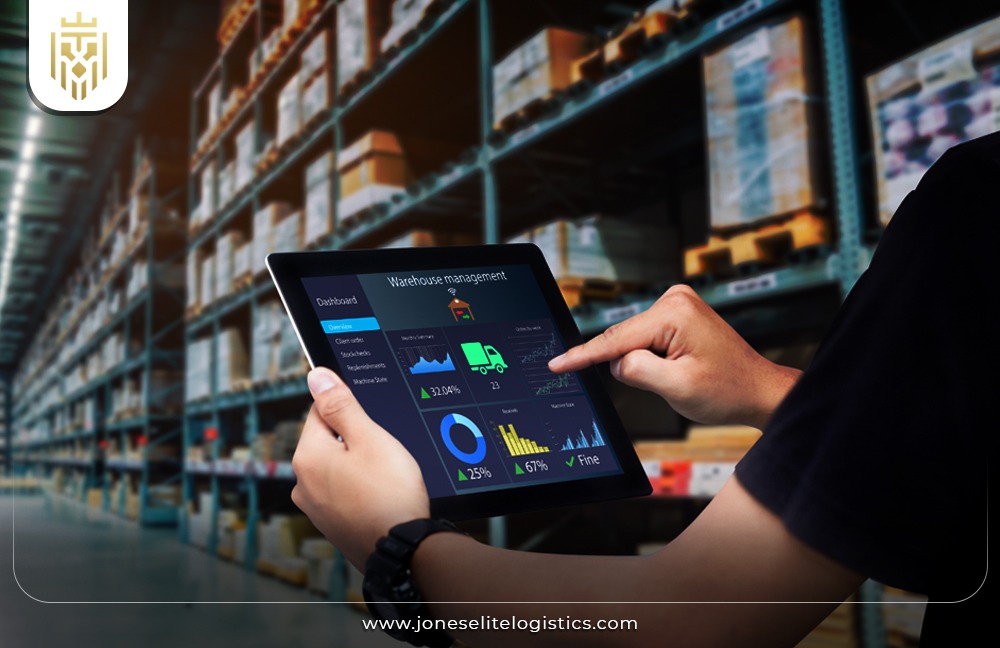
Mass Distribution Strategy:
Mass distribution strategy, on the other hand, is centered on achieving high coverage where it seeks to get its products to the largest number of people. It fits products that are frequently consumed many of which are regarded as necessities. Retailer and wholesaler networks, as well as online sales, increase product coverage and volume, which helps vendors gain a strong market position.
Things to consider when choosing your distribution strategy:
Choosing the distribution channels is a complex decision that involves consideration of various criteria to meet business and market demands. A careful analysis of the processes minimizes costs reaches the maximum number of target customers and satisfies them.
Product Type:
Some of the ways that may be influenced by the type of product include the channel of distribution. Consumables require fast and effective networks, while on the other hand, items such as extraneous goods may require selective ones. Selectivity might be required when distributing durable items because of the delicate manner they need to be handled. It is also useful in selecting the best and most suitable technique of distribution since one understands the nature of the product that is being sold.
Cost While Partnering with 3PL:
Third-party logistics providers are openly recognized and various costs incurred are related to storage, handling, and transportation. As much as 3PLs offer the benefits of efficiency and scalability, it is important to make a comparative analysis of the costs compared to internal logistics. Evaluating these costs aids in decision-making on how to reduce the costs to be incurred in outsourcing the logistics.
Inefficiencies of Distribution Strategies:
Lagging in distribution approaches and styles results in cost increments, delayed delivery, and eventually dissatisfaction with the customer. These are challenges such as low stock control, the worst mode of transport or lack of it, and market trends. All these challenges are of utmost importance to understand and eliminate if there is any bottleneck in the supply chain and consequently, the distribution system.
Tips To Improve Retail Distribution:
Optimizing the structure of retail outlets requires measures that increase effectiveness, decrease cost, and satisfy consumers’ needs. These practices make it possible for the firm to have a responsive supply chain and efficient channel with its customers, hence enhancing customer satisfaction and good business performance.
Regularly Audit your Distribution channels:
Scheduling a periodic review of the distribution channels used in the distribution of goods or services ensures the discovery of some of the gaps and loopholes. A popular industry practice of audits enables organizations to guarantee that all activities reflect the strategic plan and meet the customers’ requirements. It became that the data of performance indices, warehouse inventory, and delivery lead time will help to control and attain the standards of the distribution networks.

Distribute Inventory based on consumer demand:
Demand flow ways whereby products are issued to the consumers help in making them available where and when they are most required. Data analysis of the sales data and understanding the trend in the market assist in the determination of the demand. This approach helps in reducing overstock situations and cases of stock out which in the long run will increase customer satisfaction by meeting their demands.
Partner with a 3PL:
Organizations’ reliance on a third-party logistics provider increases the effectiveness of distribution. Outsourcing results in the procurement of specialized knowledge from 3PLs concerning logistics, warehousing, and transportation so that the focal firm can concentrate on value-added activities. They avail expanded solutions, accelerate the delivery time, and minimize the operating expense making the distribution network operation responsive.
Data-Driven Decision-Making:
This means that analytical data is employed to make decisions about the promotion of products, distribution channels, and mechanisms among others. It would be useful to identify how businesses can use sales data, consumers’ perception data, and market trends to form effective inventories, distribution, and logistics strategies. This approach means that efficiency is improved, and unnecessary costs are cut, likewise, distribution is made to match the market needs.
FAQs
1) What is a Retail Distribution?
Retail distribution is the actual distribution of products from manufacturers to the consumers or the final users. It incorporates a package of intermediaries such as wholesalers, distributors, and retailers, which guarantees that the products are availed at the right place and time to the people.
2) What is the distribution strategy in retail?
A distribution strategy at retail plays the role of the approach to delivering products to the consumer. Sustainable market communication implies the selection of the right channels and methods to achieve maximum coverage and outstanding customer satisfaction in terms of cost and business goals.
3) What is a retail distribution channel?
A retail distribution channel is thus the route that products follow from the manufacturers to the consumers. This can be involving middlemen such as wholesalers, distributors, and retailers or it may be a direct selling that touches on factors such as distribution, cost, and customer touch points.
4) What are the types of retail distribution strategies?
The extent of the retail coverage strategies are intensive distribution, exclusive distribution, selective distribution, and mass distribution. The media strategies are selected according to the type of products advertised, the market, and the goals to ensure both span and sheer economy.

